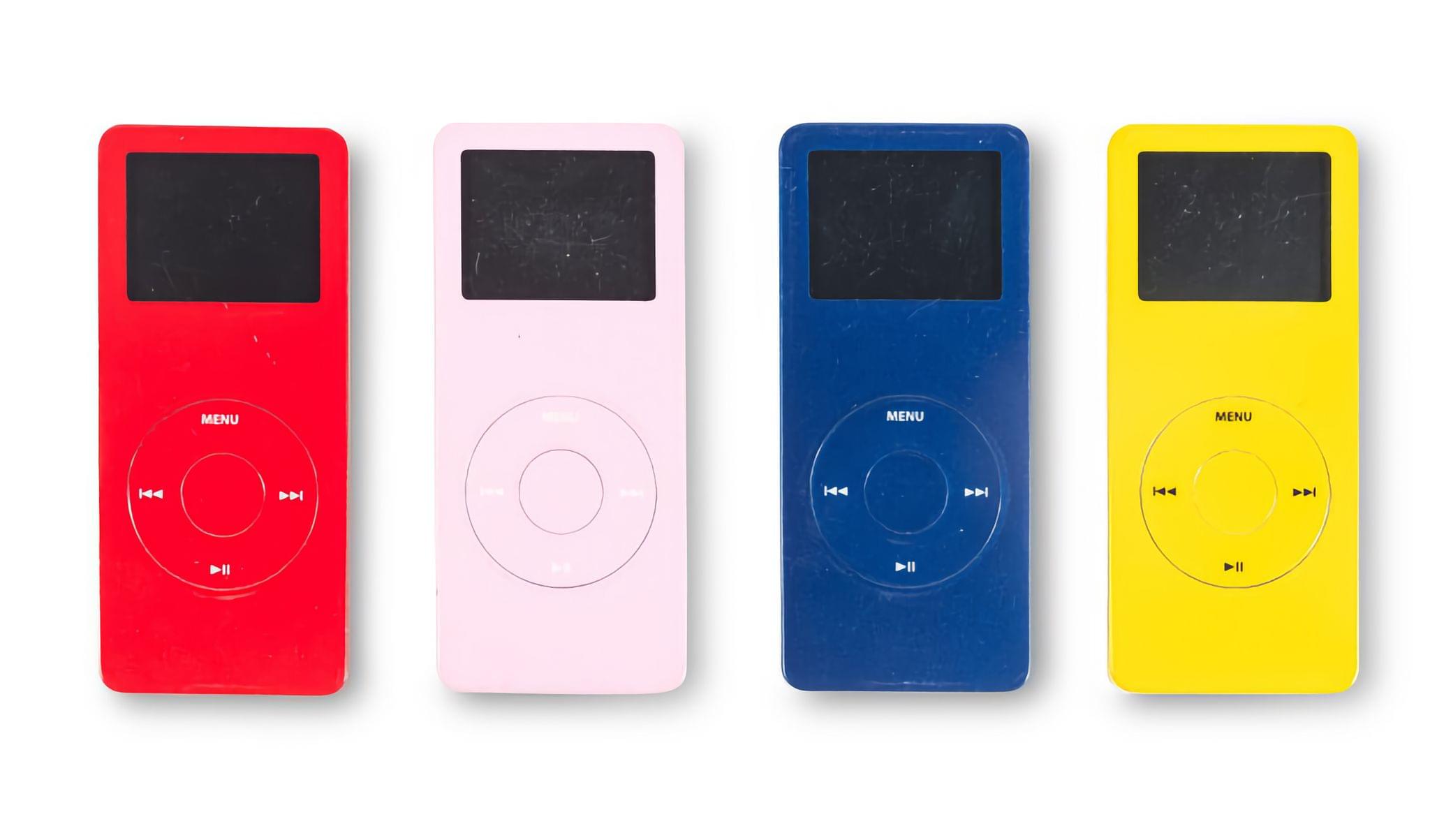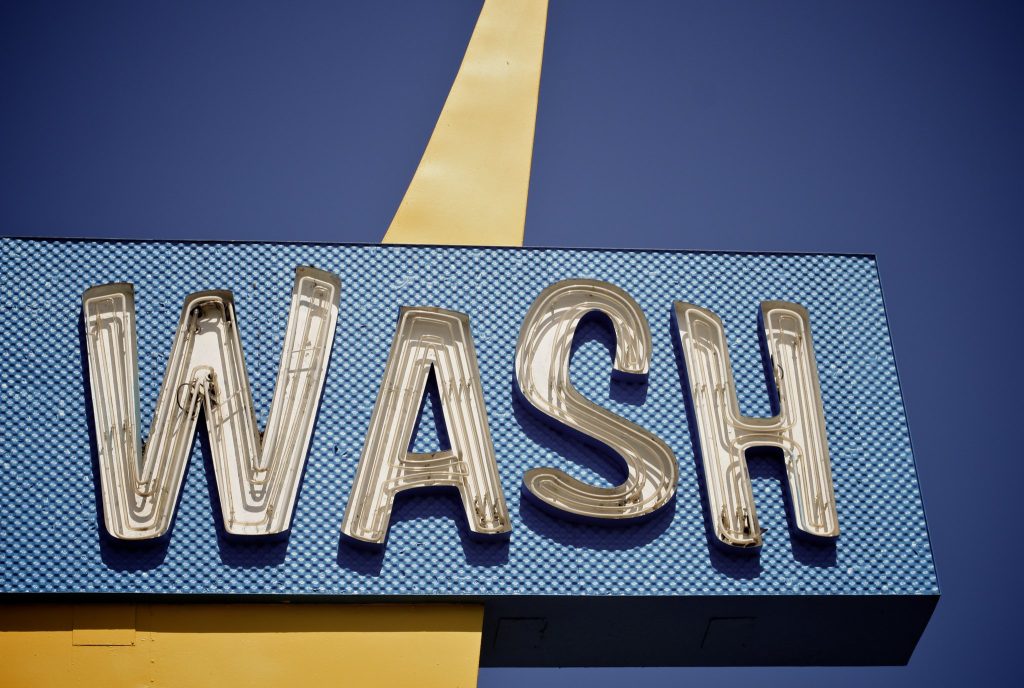A colleague recently named her AI Hackathon team “The Pipeline Plumbers,” due to their work with YAML-driven build pipelines. I told her it reminded me of Super Mario. Since she loves Mario, she decided to do a Mario-themed presentation (I wish I could embed it here).
I came across another Mario-themed artifact this weekend. The always talented Louie Mantia, who produced icons for the Icon Factory for years, just created a new set of drive icons with a Mario theme. These are gorgeous.


